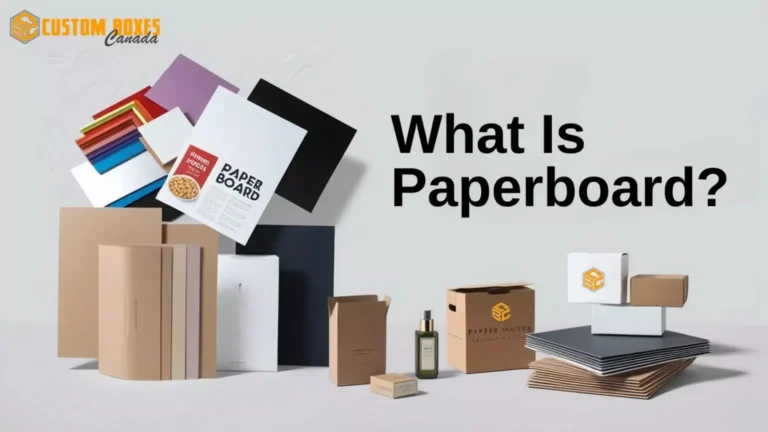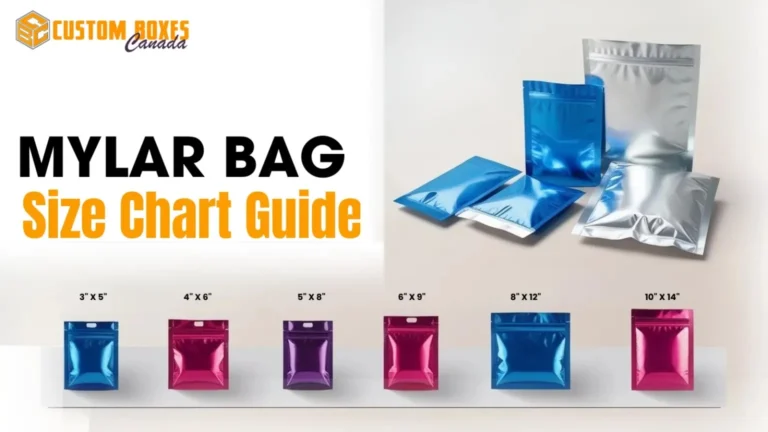Paperboard is a thick, paper-based material widely used for packaging due to its strength and versatility. It’s significantly stronger and more durable than standard paper, making it ideal for protecting products across various industries. Businesses prefer paperboard for its flexibility, eco-friendliness, and ability to deliver both functionality and visual appeal.
When comparing paperboard vs. paper, thickness and strength stand out as the major differences. Its unique properties make paperboard an essential packaging choice for many commercial and retail applications.
Brief Overview of Paperboard History
The origins of paperboard date back to the early 19th century, when there was a growing need for more durable packaging materials. Initially developed to protect fragile items during shipping, paperboard quickly became popular due to its strength and cost-effectiveness.
Over the years, advancements in manufacturing led to the creation of various paperboard types, each offering distinct features and benefits. Today, paperboard continues to play a critical role in packaging, helping brands protect and present their products effectively.
Understanding Paperboard Production
Producing paperboard is a multi-step process designed to create strong and consistent packaging materials. It begins with pulping, where wood fibers or recycled paper are broken down and mixed with water to form a slurry. This fiber-rich mixture is then spread onto large screens to drain water and form layered sheets.
These sheets go through pressing and drying stages to remove moisture and solidify the structure. Finishing touches, such as coatings or surface treatments, are applied to enhance print quality, appearance, and performance.
Different Paperboard Types
Choosing the right type of paperboard depends on packaging goals, including strength, appearance, and environmental impact. Some of the most common types include:
-
Kraft Paperboard: Known for its natural texture and eco-friendly appeal. It’s sturdy and ideal for sustainable packaging solutions.
-
Recycled Paperboard: Made from post-consumer waste, this type supports sustainability goals and helps reduce environmental impact.
-
Coated Paperboard: Offers a smooth surface and excellent printability, making it perfect for high-end retail packaging.
By understanding these paperboard types, businesses can make informed choices that improve product presentation and meet specific packaging needs.
Insights into the Paperboard Manufacturing Process
The manufacturing process starts with pulping—converting wood or recycled paper into fibers. These fibers are then formed into wet sheets, pressed, and dried to reach the desired thickness and durability.
Subsequent stages include coating, calendaring (smoothing), and cutting, which enhance performance and appearance. When done properly, this process results in a strong and versatile material ready for packaging across diverse industries.
Applications and Benefits of Paperboard Packaging
Paperboard is used in a wide range of industries due to its:
-
Strength and durability: Ensures product protection.
-
Lightweight nature: Reduces shipping costs.
-
Customizability: Supports high-quality printing and branding.
-
Eco-friendliness: Biodegradable and recyclable, appealing to sustainability-conscious consumers.
Common applications include food and beverage packaging, cosmetics, pharmaceuticals, and electronics. It plays a key role in product safety, marketing, and customer experience.
Importance of Selecting Appropriate Paperboard Thickness
Paperboard thickness is crucial to ensuring packaging effectiveness. Thickness affects rigidity, protection level, and overall usability.
-
Thinner paperboard: Ideal for lightweight or foldable packaging, offering flexibility and cost efficiency.
-
Thicker paperboard: Best for heavy or fragile products, providing extra cushioning and support.
Choosing the right thickness improves functionality, customer satisfaction, and product safety during transit and handling.
Environmental Considerations in Paperboard Manufacturing
Modern businesses are increasingly focused on sustainability, and paperboard manufacturing is no exception. Using recycled paperboard and adopting eco-friendly production practices helps reduce waste and carbon footprints.
Consumers favor brands that invest in environmentally responsible packaging, and paperboard’s recyclable nature makes it a smart, future-forward choice.
The Importance of Paperboard Innovation
Innovation in paperboard production continues to drive improvements in quality, cost-effectiveness, and sustainability. Advanced manufacturing techniques and new material compositions lead to more specialized paperboard types suited for specific uses.
Staying updated with these innovations allows businesses to offer better packaging solutions, meet environmental regulations, and maintain a competitive edge in the market.
Why Choose Custom Boxes Canada for Paperboard Packaging?
Custom Boxes Canada is a trusted name in premium paperboard packaging. We understand the complexity of material selection and design, and we tailor our packaging to meet the unique needs of each product.
Why partner with us?
-
Expertise in all major paperboard types
-
Control over thickness and quality
-
Mastery of manufacturing processes
-
Commitment to sustainability and customer satisfaction
Whether you need eco-friendly kraft boxes, coated retail packaging, or durable custom cartons, we provide solutions that combine performance with visual impact.
Get in touch today to explore how our packaging can elevate your brand and protect your products effectively.









